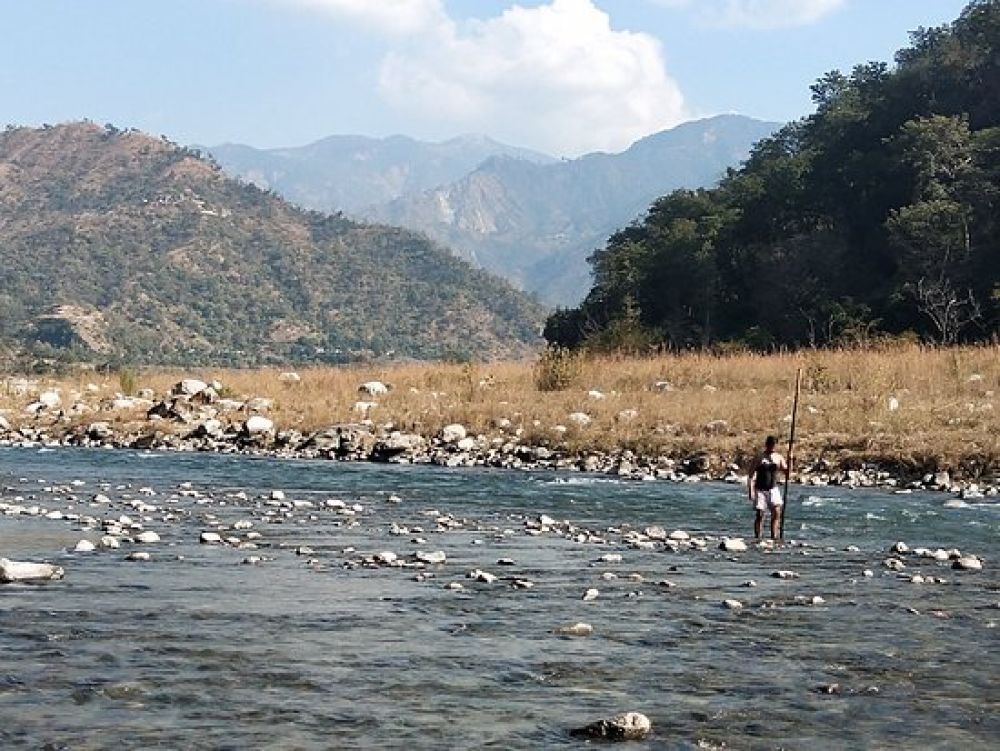

Jim Corbett National Park, located in Uttarakhand, India, is a premier wildlife reserve and one of the oldest national parks in India. Named after the legendary British hunter and conservationist, Jim Corbett, it was established in 1936 as Hailey National Park to protect the endangered Bengal tiger. Since then, it has become a splendid attraction for eco-tourism and nature enthusiasts from around the world.
The early days of tourism in Jim Corbett were marked by the park's importance as a conservation site, drawing the attention of naturalists and wildlife enthusiasts. Visitors in the initial years were mostly researchers and photographers intent on exploring the rich biodiversity of the region. With rudimentary facilities, tourism was limited and managed to minimize the impact on wildlife.
The 1970s saw a significant shift, as the Indian government initiated Project Tiger to protect the endangered species. Jim Corbett National Park was one of the first reserves to come under this project, which brought increased funding and infrastructure development to the area. As roads improved and more rest houses were built, the park became more accessible to tourists.
By the 1980s and 1990s, Jim Corbett National Park had gained significant popularity. The advent of more sophisticated tourist facilities, including resorts and guided safari tours, made it a popular destination. Tourists came not only for the Bengal tigers but also to see the park's other inhabitants, such as leopards, various species of deer, and rich birdlife.
Kosi Barrage, an important piece of infrastructure on the Kosi River near Jim Corbett National Park, became a point of interest for visitors. The barrage controls floodwaters and irrigates vast areas, but it has also created a serene environment that attracts diverse birds and is a picturesque spot for photography.
Today, sustainable tourism is a central theme, with a focus on minimizing the impact on the ecosystem while providing an immersive nature experience. Ecotourism initiatives are increasingly popular, including jungle stays, bird watching tours, and walking safaris. The latest trends involve community-based tourism, where local communities benefit directly from the influx of tourists. Adventure tourism, such as river rafting on the Kosi River, has also become increasingly sought after.
The rise of digital technology has transformed the way tourists visit Jim Corbett National Park. Online booking systems for safaris and lodgings have made trip planning more convenient. Social media and review platforms like TripAdvisor have increased the visibility of Jim Corbett and Kosi Barrage, drawing a global audience.
As of now, Jim Corbett National Park and its surroundings, including Kosi Barrage, are not just about witnessing wildlife but also experiencing the serenity of nature and the thrill of adventure sports. With continued conservation efforts and responsible tourism practices, Jim Corbett continues to fascinate and welcome visitors from all corners of the globe.